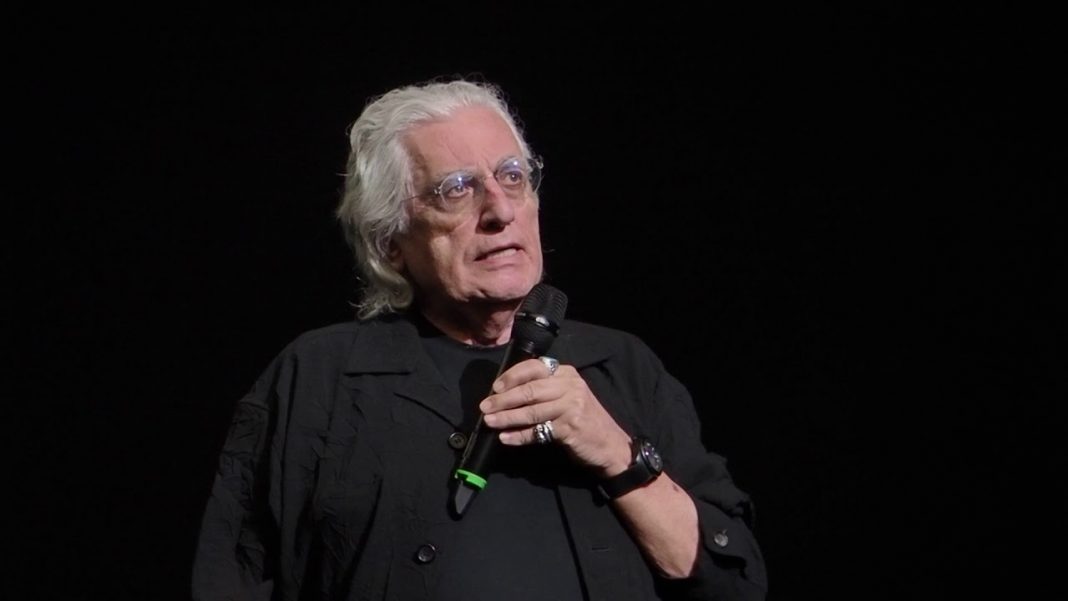
It is with great sadness that today, 29th of April, CIMA mourns the loss of Germano Celant, art critic and curator, certainly one of the most influential figures in the art world since the ‘60s.
Celant is mostly known to be the one that, in 1967, coined the term “Arte Povera” to name a new movement that aimed to recreate a connection between human beings and nature by using everyday and found materials, in opposition to the conception of the artwork as a revered object and to the consumerism that was leading the art world at the time. His manifesto “Arte Povera. Notes on a guerrilla war”, published on the no. 5 November–December 1967 of Flash Art, was accompanied the same year by the exhibition “Arte povera – Im Spazio” at La Bertesca gallery in Genoa, event that marked the beginning of his extraordinary career. Through “Im Spazio,” Celant consecrated artists of the caliber of Jannis Kounellis, Alighiero Boetti, Pino Pascali and Giulio Paolini – which are considered even today among the most known and recognized Italian artists.
Over the decades, Germano Celant built his international reputation as critic and curator by holding some of the most relevant roles in the art world – in 1988 he was nominated Senior Curator at the Guggenheim in New York, in 1997 director of the Venice Biennale and, since 2015, artistic director of Fondazione Prada. Throughout his career, Celant played an essential role in promoting Italian art to the international public, and it is here that we can see how his “aim of a lifetime” and CIMA’s mission share a common identity.
It was during one of the inaugural programs of the Center for Italian Modern Art’s 2016 – 2017 season dedicated to Giorgio de Chirico and conceptual artist Giulio Paolini that CIMA had the pleasure to host Germano Celant for a conversation with MoMA curator Christian Rattemeyer. On that occasion, Celant interacted with the public through an exciting Q&A, which led him to give a personal insight of his experience with Italian neo-avant-gardes at the time. In addition to this, he highlighted the connection that he felt, along with artist contemporaries, towards Italy’s own avant-garde-ist past, mentioning the key role played by Futurism in shaping it.
“In order to understand European art, especially Italian, you have to understand Futurism. Futurism is a total language that includes not only painting, but the idea about changing the world: fashion; design; sexuality. And, if you don’t understand that, and you don’t rewrite history in a certain way, the idea of the political engagement of the art, you don’t understand what’s happened today.”
You can watch the full lecture where this quote is drawn here:
